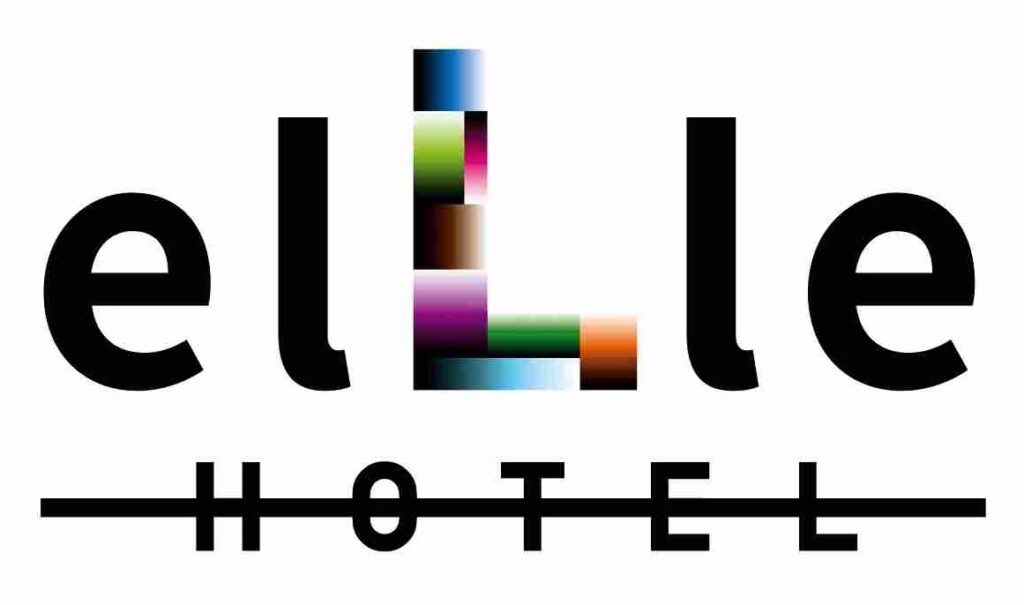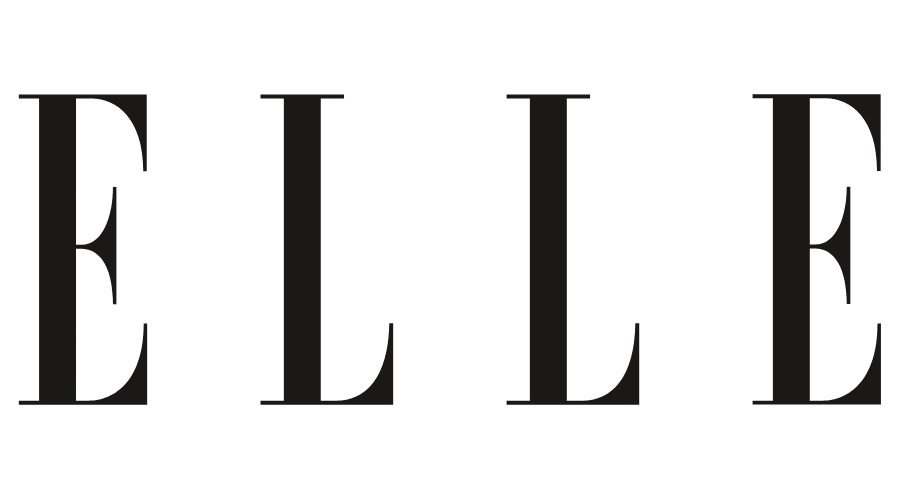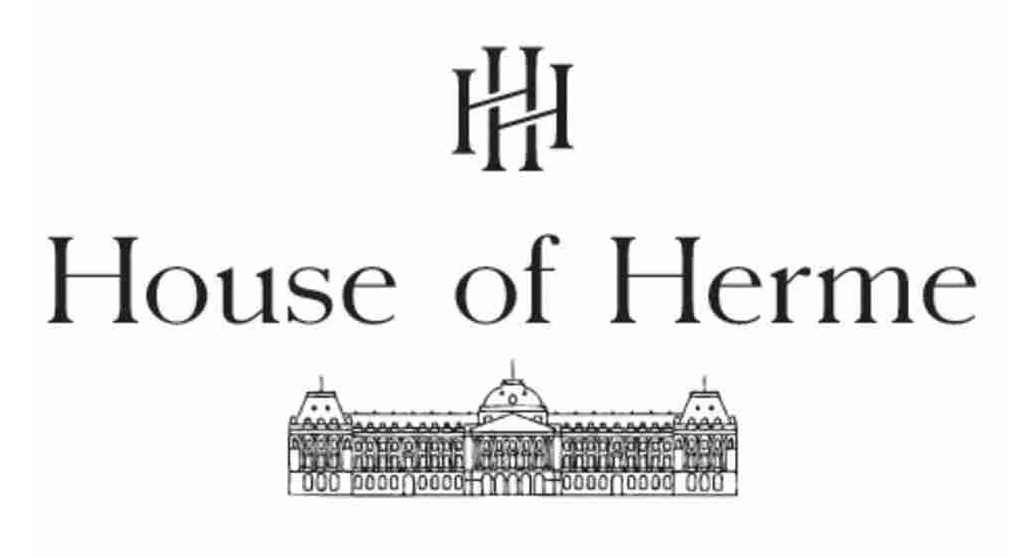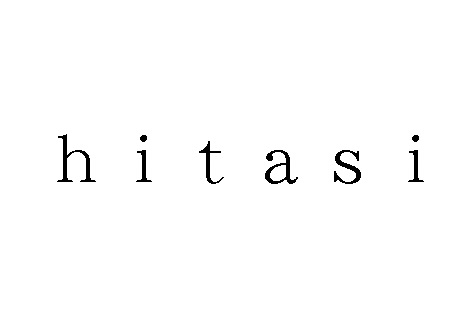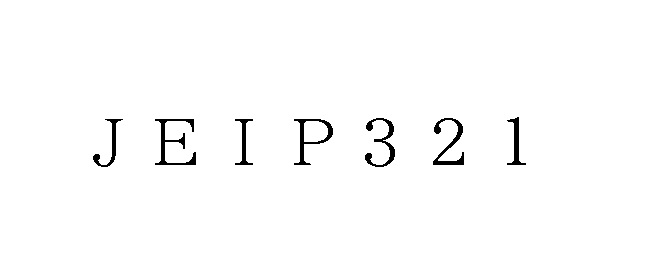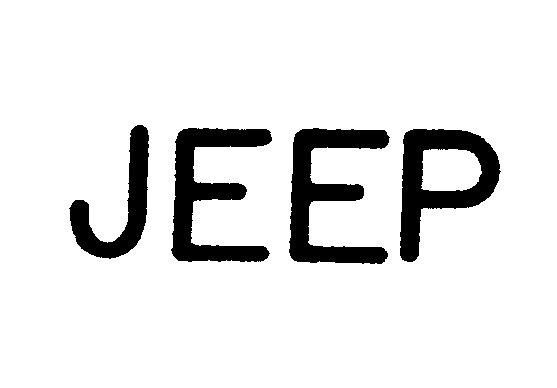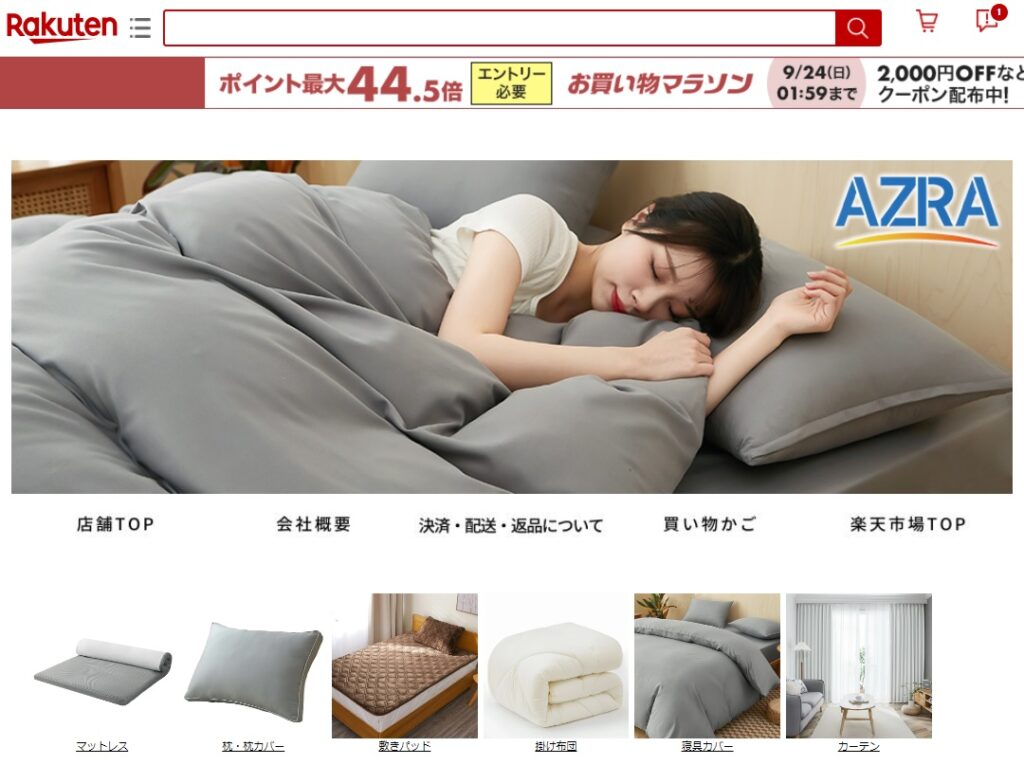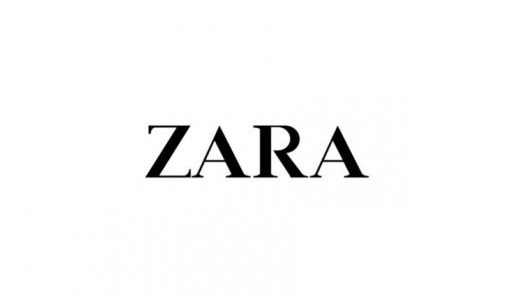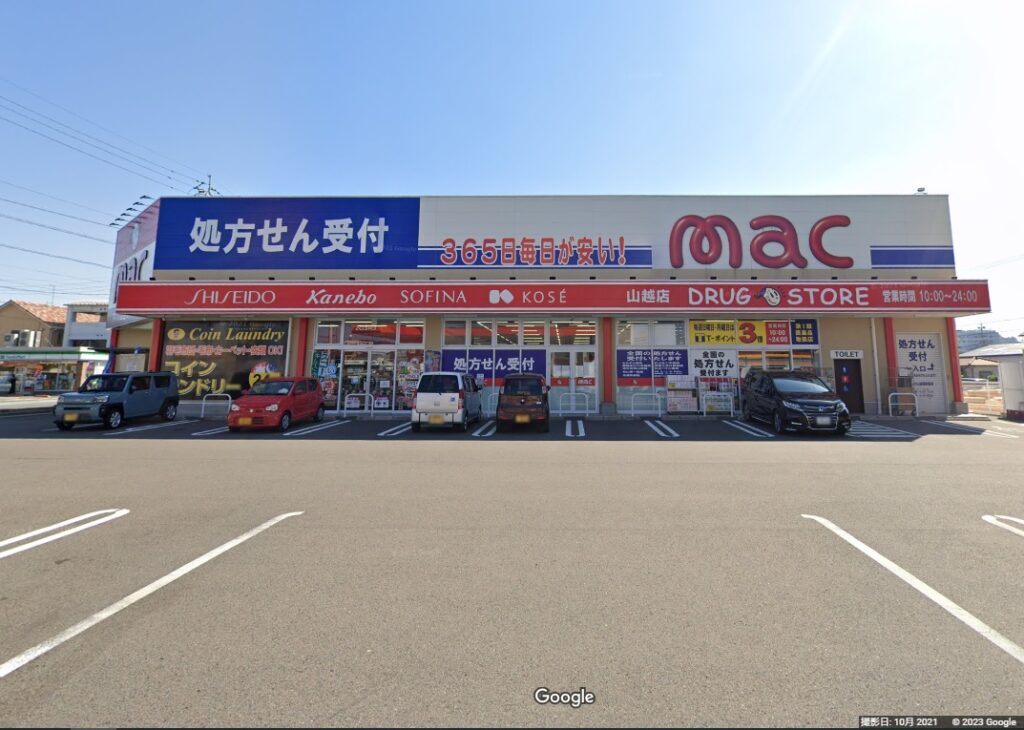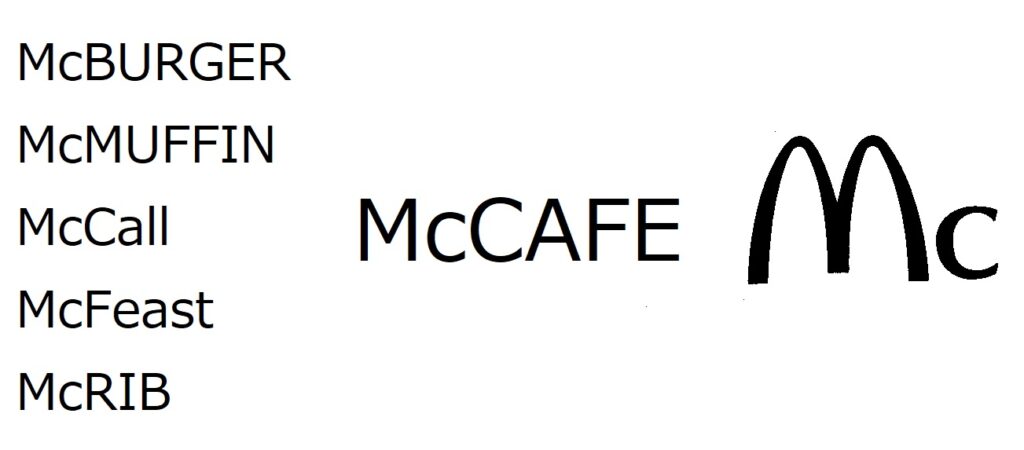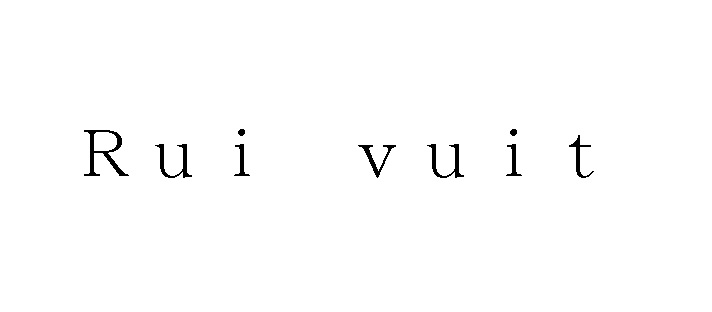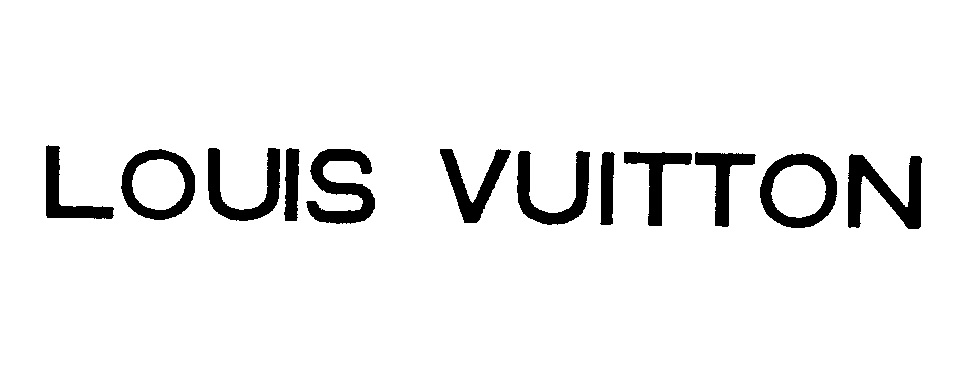The Japan Patent Office (JPO) handed a loss to Chanel SARL in trademark opposition against TM Reg no. 6674710 for the “COCOCHI” mark by finding unlikelihood of confusion with “COCO”.
[Opposition case no. 2023-900100 decided on December 7, 2023]COCOCHI
The opposed mark, consisting of a term “COCOCHI” and the COCO monogram (see below), was filed by COCOCHI COSME CN LIMITED, a UK company, with the JPO for use on cosmetics, perfumery, fragrances, incense, dentifrices, adhesives for affixing false eyelashes and other goods in Class 3 on June 16, 2022.
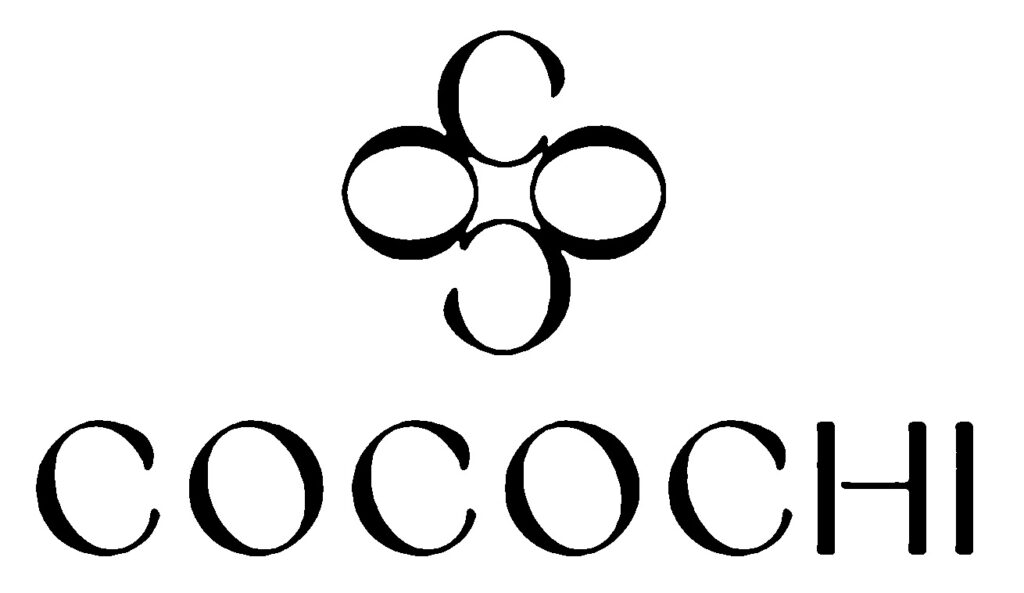
The JPO admitted registration of the opposed mark on February 24, 2023 and published it for a post-grant opposition on March 6, 2023.
Opposition by CHANEL
On May 8, 2023, CHANEL SARL filed an opposition and argued the opposed mark shall be canceled in contravention of Article 4(1)(xi), (xv), and (xix) of the Trademark Law on the grounds that:
- Since 1995, the opponent has owned senior trademark registration no. 2704127 for wordmark “COCO” over cosmetics, perfumery, and fragrances, which has unquestionably acquired a remarkable degree of reputation and popularity as a source indicator of the opponent’s cosmetics as well as a nickname or short name of French fashion designer “Gabrielle COCO CHANEL”, the founder of the Chanel brand.
- Due to a remarkable reputation of the mark “COCO”, relevant consumers are likely to associate the literal portion “COCO” and the monogram of the opposed mark with Chanel when used on goods in question.
- In view of the close resemblance between two marks and goods, presumably, the applicant must have applied the opposed mark for use on cosmetics with prior knowledge of the cited mark and fraudulent intention of free-riding on its reputation.
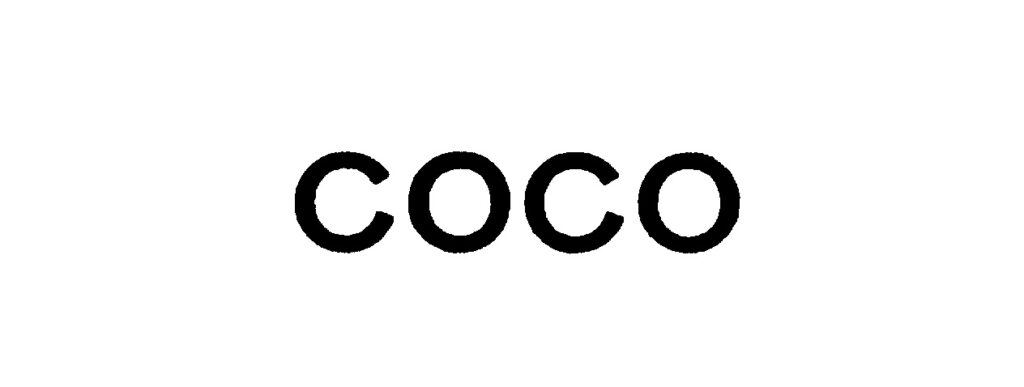
JPO decision
The JPO Opposition Board admitted a high degree of reputation and popularity of “COCO” as a source indicator of the opponent’s perfumery and fragrances among relevant consumers based on substantial use of the cited mark in Japan but questioned its famousness in relation to other cosmetics except for perfumery and fragrances.
The JPO denied the similarity between the opposed mark and “COCO”, stating that the opposed mark shall be taken as a whole in view of a tight combination of its literal element from appearance. If so, the opposed mark does not give rise to any specific meaning and the Board has no reasonable ground to believe that the opposed mark “COCOCHI” shall be similar to “COCO” from visual, phonetic, and conceptual points of view.
Given a low degree of similarity between the marks, the Board held the opposed mark is unlikely to cause confusion even when used on perfumery and fragrances.
Assuming that both marks are dissimilar, the Board was not convinced that the applicant aimed for free-riding on the goodwill of Chanel.
Based on the foregoing, the JPO dismissed the entire allegations of CHANEL SARL and allowed the opposed mark to remain valid as the status quo.

